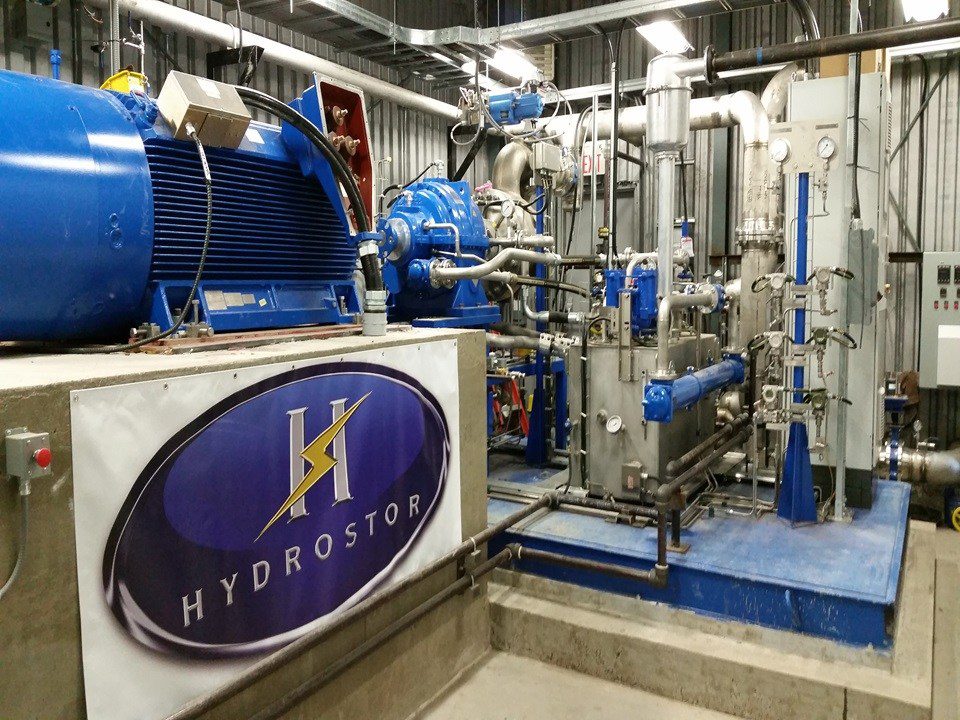Good news arrived last week for climate change action in Ontario. Federal Environment Minister Catherine McKenna just announced a plan to give $420 million directly to cities, schools, hospitals, universities, and businesses to help them reduce their carbon footprints.
If this sounds familiar, it’s because similar programs made headlines when they lost their funding after Ontario’s new government cancelled cap-and-trade. The federal money could help pick up where many of the cancelled programs left off, helping some of our largest buildings and institutions switch to cleaner, more energy efficient technologies which cut pollution and energy bills at the same time.

Is $420 million a lot?
Yes it is. To put this in perspective, this amount is almost as much as the $500 million promised for all environmental programs over the next four years in the new government’s election platform. It’s about one quarter of the $1.9 billion total in cap and trade revenues the previous government spent from January 2017 to June 2018 as part of their Climate Change Action Plan. (Cap-and-Trade actually raised about $2.9 billion, which means an estimated $1 billion is left unspent in the government’s coffers, and the current government has yet to say how it will be spent.)
Where will this money come from?
The $420 million from the federal government’s Low Carbon Economy Fund was already earmarked for Ontario. To get this funding, provinces had to comply with the federal government’s Pan-Canadian Framework on Clean Growth and Climate Change. Ontario forfeited their share after the incoming provincial government cancelled cap-and-trade and previous climate action programs. Now, it’s been repurposed to go directly towards Ontario institutions and businesses instead of flowing through the Ontario government.
Do we know where it’s going?
We don’t have all the details yet. But we do have a few ideas about where this funding could be used to maximum effect in the areas targeted by the federal government.

- Restore the Municipal GHG Challenge Fund
This fund, previously funded through cap-and-trade proceeds, covered up to 100 per cent of eligible costs for greenhouse gas (GHG) emission reduction projects proposed by municipalities. The fund is now closed, but you can see here a list of projects it was set to fund. The planned projects included renewable energy projects for child care facilities, projects to create biogas from organic waste, electric buses for Toronto’s TTC, projects to create pedestrian and cycling friendly streets, and an arena modernization. These projects also formed a critical part of many municipalities’ climate action plans. These projects in Toronto, for example, would go a long way in reducing Toronto’s carbon pollution.
- Invest in social housing retrofits for cities
Many municipalities were counting on provincial funding to retrofit their social housing buildings, many of which have massive capital repair backlogs. Funding repairs to plug up holes, better insulate, and replace klunky old heating and cooling systems would go a long way in addressing these issues, while making tenants more comfortable in their homes. This is also one of the few programs geared towards low-income Ontarians, who experience disproportionately more climate change impacts than higher-income Ontarians, but are often unable to benefit from incentive programs aimed at middle-income homeowners or vehicles owners.

3. Restore retrofit funding for schools, colleges and universities
Ontario cancelled funding for school retrofits this summer, causing significant outcry from parents and school boards who were counting on that money to help repair windows, lighting and complete other mechanical work in cash-strapped schools. Many projects were already deep in the planning stages, like this one in Sudbury’s Rainbow District School Board. Restoring funding to previously-planned projects with the most urgent need of repair would be a welcome move for many children, parents, and school boards gearing up for another drafty winter and sweltering summer in leaky buildings.
Ontario had also previously planned hundreds of millions of dollars worth of interest-free loans for colleges and universities for heating, ventilation, cooling, insulation and other upgrades, including the University of Toronto, York University, the University of Western Ontario, and Queens University. In many circumstances, interest-free or low-interest loans for projects that will generate long-term cost savings over time can be a solid low-cost solution to kickstart energy efficiency projects.
4. Restore retrofit funding for hospitals
Ontario previously committed $64 million towards 180 energy efficiency retrofits at 98 hospitals across the province. The planned work through this program would have cut several million tonnes of carbon pollution by 2050 and saved hospitals up to $68 million in annual energy costs.
Most of the planned work was for heating, ventilation and air conditioning projects, while a smaller amount went to lighting. Since Ontario’s electrical grid is now very low-carbon, we suggest a focus on heating, ventilation and cooling projects over lighting retrofits to maximize GHG reductions.

5. Help businesses transition to clean technology
Ontario’s TargetGHG program funds many innovative projects to test and implement technology to reduce carbon pollution from industrial plants, while also prioritizing job creation in Ontario’s clean technology sector. Following this model or directly funding cancelled projects – for example, the cancelled Small and Medium Business Support Program – would be a smart way to use existing programs and systems to help industry and businesses reduce carbon pollution and cut costs. GreenON had also launched funding to support industrial greenhouse gas reduction projects, including supporting small and medium-sized businesses.
Are there more climate programs which could be restored?
For a more exhaustive list of climate action projects which were cancelled or previously underway, take a read through the Environmental Commissioner of Ontario’s detailed report here. Appendix B has a thorough list of what was previously funded, how effective these programs were, and what the implications of cancelling them could be.
For updates about what we are doing to fight climate change, sign up to our climate and clean economy newsletter by using the form below.







